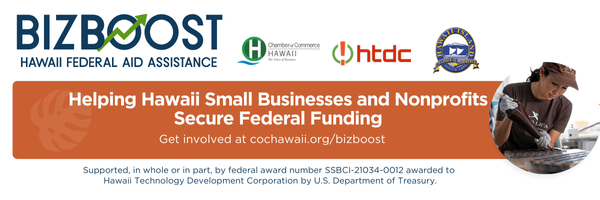During the academic year, it is often difficult for students to carve out time for in-depth, individualized real-world experiences that are key to their learning how to apply what they’ve learned in class.
Thus, summer is the season of special projects for many of our students. The University of Hawaiʻi at Hilo hosts a number of internship opportunities, both for our students and including kamaʻāina who return home from other institutions to live and work on our island. The transformation in these students from the nervous and excited young people who arrive for these programs in June to the confident, poised professionals whom I have seen present their final reports is striking and a joy to see.
The Akamai Internship Program, led by the Institute for Scientist and Engineer Educators at University of California Observatories in partnership with the UH System, is an eight-week summer program, with stipend, for Hawaiʻi university and college students who want hands-on work experience at an observatory, company, or scientific facility in Hawaiʻi.
Akamai addresses specific workforce needs for Hawaiʻi observatories and has a community of mentors in support of students from a wide range of STEM majors (science, technology, engineering, and math). This year’s participants presented their work in four public forums, two of which I was delighted to attend. I won’t pretend I understood all the technical aspects of their projects, but they clearly did, as they presented with confidence and authority. It’s easy to see why hundreds of Akamai alumni have gone on to establish careers in related fields.
The Pacific Internship Programs for Exploring Science (PIPES) is a summer program that supports ʻāina-based internships in our local communities and island environments with the goal to grow the next generation of leaders in Hawaiʻi and the Pacific. PIPES offers four program pathways — ancestral, ecological, community, and research — each focusing on internships that help students track into careers that improve the quality of life for themselves, their ʻohana, and their communities. Many alumni of this program work with state and federal agencies charged with environmental stewardship, jobs for which they are well prepared.
The first PIPES huakaʻi (field trip) of this summer was to Kealakekua and Kaʻawaloa, hosted by Hoala Kealakekua Nui, a local group dedicated to the stewardship of Kealakekua Bay’s natural and cultural environment, and our very own PIPES alumnus Kainalu Keliʻikuli-Grace. The interns say they found the excursion to be “a magical day spent in restoration, reconnection, and remembering, through aloha ʻāina,” and they look forward to growing their pilina (connection) with this community and wahi pana (legendary place).
Geology major Kamalani Poepoe is on her second year as a PIPES summer intern with Hawaiian Volcano Observatory, participating in geoscience research. In her first summer with the observatory, Kama explored the field of petrology, analyzing lava samples from the June 2023 eruption at Kīlauea volcano to gain a better understanding of how and why Kīlauea continues to erupt. This summer, she is using her petrology analysis techniques to study eruptions at Kīlauea’s summit between 2020 and 2023. Kama does her analytical work the UH Hilo geochemistry lab and is also aiding in eruption response at Kīlauea’s summit.
As I write this column, marine science major Hayden Niles is interning on the 68-meter exploration vessel Nautilus, exploring deep-sea habitats of the Marshall Islands. Out of hundreds of applicants, Hayden was chosen one of only 14 interns to join the expedition, working side-by-side with researchers on the 21-day expedition. The vessel is run by the Ocean Exploration Trust, a nonprofit that conducts multitudes of oceanic expeditions. Hayden, who comes from South Dakota, says he became interested in the trust’s work after watching videos and streams of their expeditions when he was in high school. He says he’s thrilled to join the expedition, where he can “gain hands-on experience and further my passion for ocean exploration.”
One of my dreams for UH Hilo is that every student be given the opportunity to participate in this type of personally and professionally transformative internship experience. We are working hard to raise private funds and earn grants to support this work, as most students cannot afford to spend their summers concentrating on research and internship without some kind of stipend.
UH Hilo is an ideal place for students to experience hands-on, community- and ‘āina-engaged learning, and I look forward to continued growth — in our students, our university and our community — through increased opportunities for these high-impact experiences.
With aloha,




Recent Comments